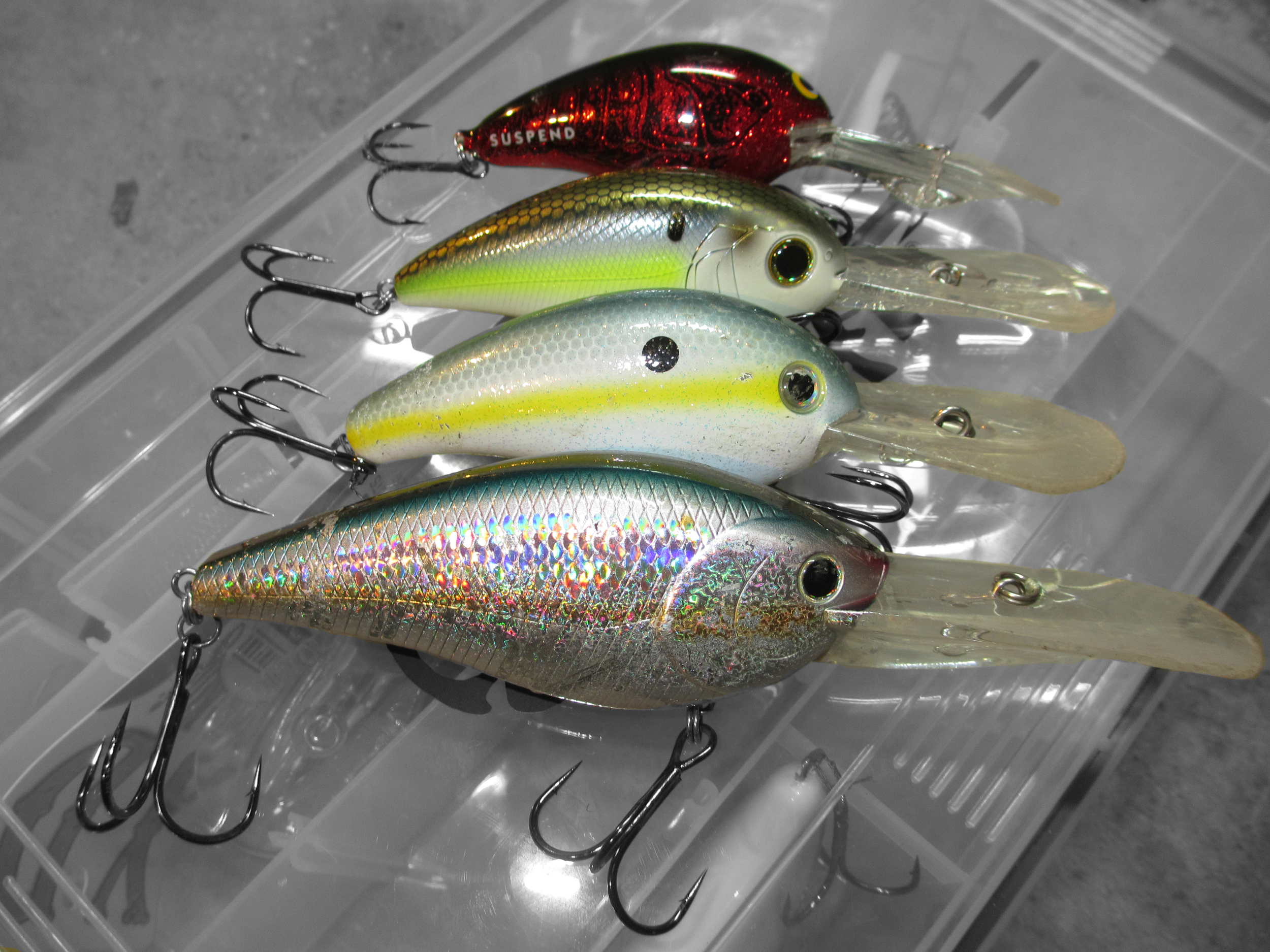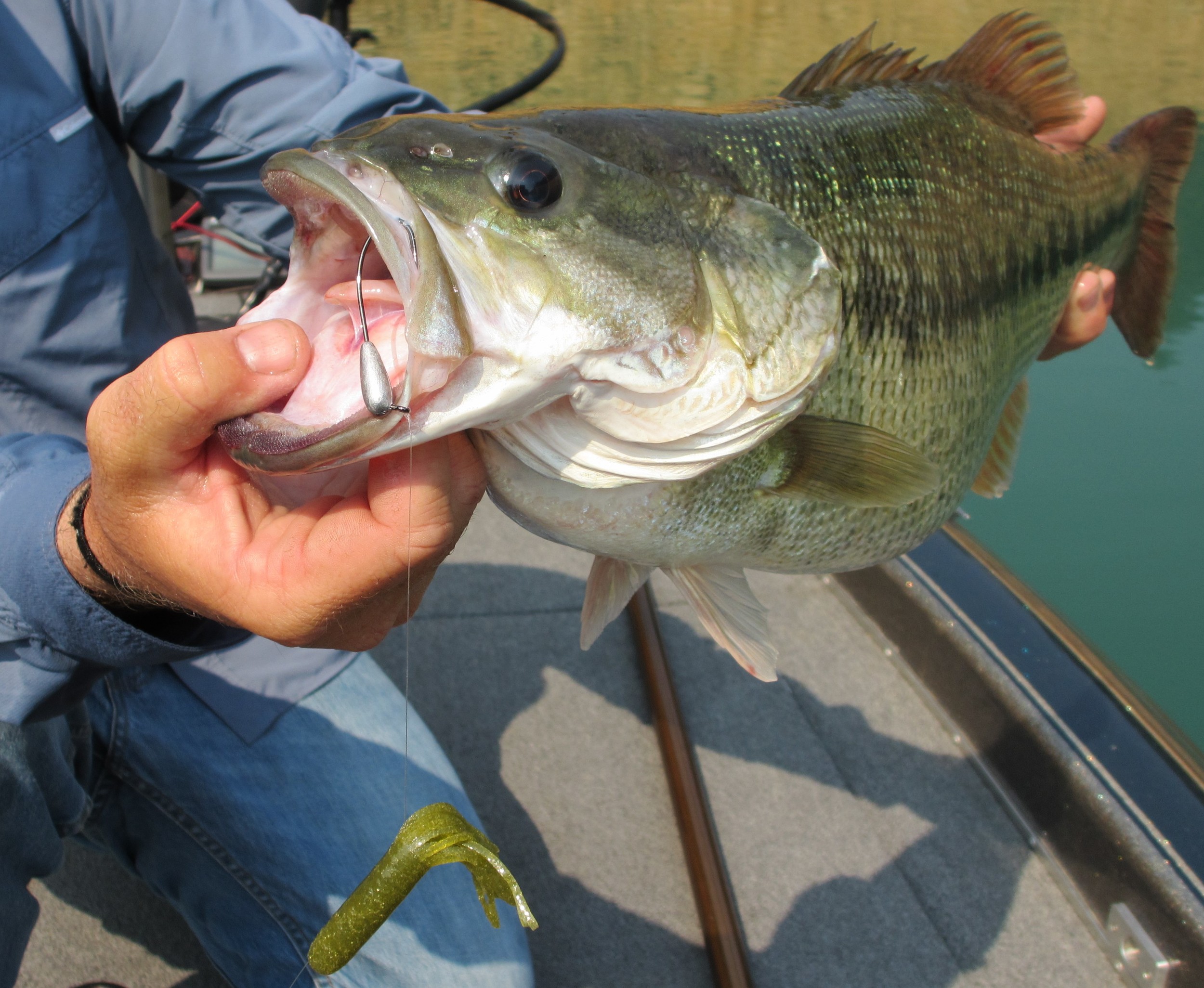Extra Deep Diving Crankbait Tips
When it comes to deep cranking, reaching new depths is often the key to success. In the recent past anglers would go with ultra light lines, huge lengths of line, even added weight to try and reach increased depths.
Today its as simple as opening the package and throwing one of a variety of extra-deep diving crankbaits. This new genre of baits reaches deeper, holds depth better, and calls fish from farther. If you're still resistant to the new trend in "big" cranks, you need to take a look. I'm not saying they're the solution to every problem but they are a whole new genre of bait and every well rounded angler should at least understand their benefits and how they might fit in to his or her arsenal.
If the bass in your lakes are keyed on small baitfish these may not be the right choice for you. If they're keyed on large bait or if they are at depths in excess of 25 feet, these baits definitely have a place in your arsenal.
Many companies are vying for a spot in this genre but only 3 (that I'm aware of at the time of this writing) have successfully entered the category. Those 3 in no particular order are the Lucky Craft Magnum, the Strike King 10 XD, and the 6th Sense 500DD.
From Front to Back: Lucky Craft Magnum, Strike King 10 XD, 6th Sense 500DD, Norman DD22
Fishing these "magnum" size baits is really no different than fishing any other deep diving crank. It may be a little tougher to turn the handle on the reel but the mechanics are all the same. One added benefit is the baits are fairly snag resistant. Because of their overall mass they tend to float out of snags extremely well if the bill itself is what is stuck.
One tip to consider is adding a 2nd split right to the rear treble. By doing this you eliminate torque, making it much harder for the bass to throw the bait. With smaller cranks this isn't critical but with these big, heavy baits, it is very important to keep the odds in you favor.
Pick up one of these new cranks and give it a try. You just might be surprised what is lurking a few feet lower on your favorite ledge!



